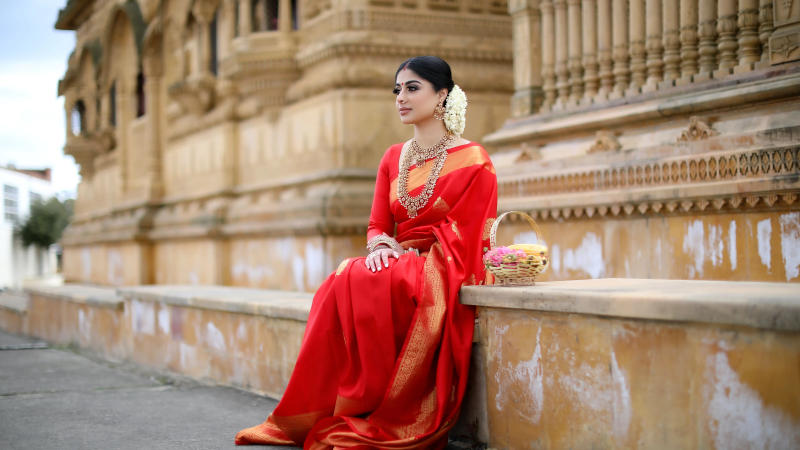Published 18:40 IST, December 21st 2023
Weaving traditions: A glimpse into the history and types of handmade sarees in India
India's textile heritage is intricately woven into the threads of its handmade sarees. These garments are not just pieces of fabric, they represent our culture.

Handmade saree - history and types | Image:
Unsplash
- Listen to this article
- 3 min read
Advertisement
11:57 IST, December 18th 2023



